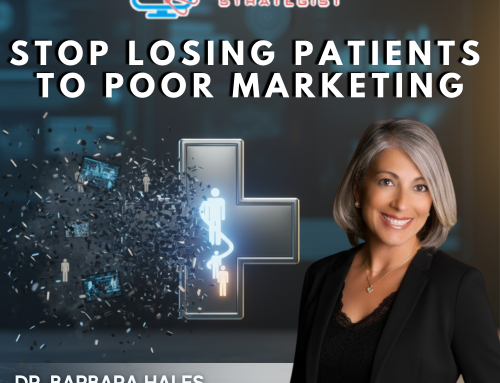While there has been a lot of news regarding telemedicine and its acceptance by third-party payers, not everyone fully understands what telemedicine is.
Today, we will do an in-depth discussion regarding what telemedicine is, its value and how it can play a pivotal role in the medicine of this 21st century. Tomorrow, we will get into how we can incorporate it into practice and how it will be reimbursed.
What is telemedicine?
In this technological age of the apps and smart devices that everyone uses in everyday life, medicine has travelled along for the ride. Using a myriad of applications including smart phones, tablets, email and other telecommunication systems, telemedicine was born. Simply, it is the exchange of medical data from one site to another by electronic communications for the purpose of bettering a patient’s health. Originally it was devised to reach patients in remote areas where health providers or doctors were not very accessible. Now it has been woven into the fabric of daily hospital operations, home health, doctor’s practices, home care givers and even health in the workplace.
Telehealth and telemedicine are synonymous involving medical consultations via video conferencing like Skype or Face Time, patient portals, call centers, continuing medical education and even monitoring of vital signs remotely.
Benefits of telemedicine
- Cuts down on hospital readmission
- Allays patient fears and helps the patient understand what symptoms constitute an emergency vs. what can be treated at home or in the office
- Cuts down on healthcare costs by decreased patient and doctor travel, fewer hospital admissions, shared staffing and management of chronic disorders
- Broadens the reach of doctors and health facilities into the community which is especially important in distant areas where healthcare is not as attainable
- Increases patient satisfaction because patients do not have to travel as far and the patient feels empowered
Delivery Systems for Telemedicine
- High speed internet lines between hospitals or clinics and medical providers or community centers
- Web-based electronic health patient sites (e.g. WebMD) deliver information and education. Various sites also provide specific patient care
- Monitoring links between home care and centers for communication between the home care giver, the patient and the center. EKGs, Respirations and fetal monitors are devised for this.
Established Telemedicine services
- Health apps with remote patient monitoring to collect and send data (e.g.s blood sugar levels, heart EKG) which can work in conjunctions with visiting nurses or to advise home care givers
- Assistance in diagnosis after sending laboratory work diagnostic images, vital signs, photos of affected skin areas, etc with video interaction
- Forums to discuss symptoms of unknown etiology with other sufferers or results from ongoing studies
- Educational lectures to targeted groups
- Continuing medical education for doctors and other healthcare providers
- Enrolling in current studies involving specific illnesses or symptoms
Moving forward as we depend more on technological devices, more physicians adopt electronic health systems (as mandated in the Affordable Care Act) and fewer doctors are readily available, telemedicine will not only be more mainstream and accepted, but actually the norm for healthcare. It is not to be considered a replacement for the type of face-to-face healthcare that is used now but rather an adjunct.
Tomorrow we will discuss how this service will be paid for.
Are you currently using any apps? Does your physician offer patient portals that you have been using? Comment below and share your experiences with us.



